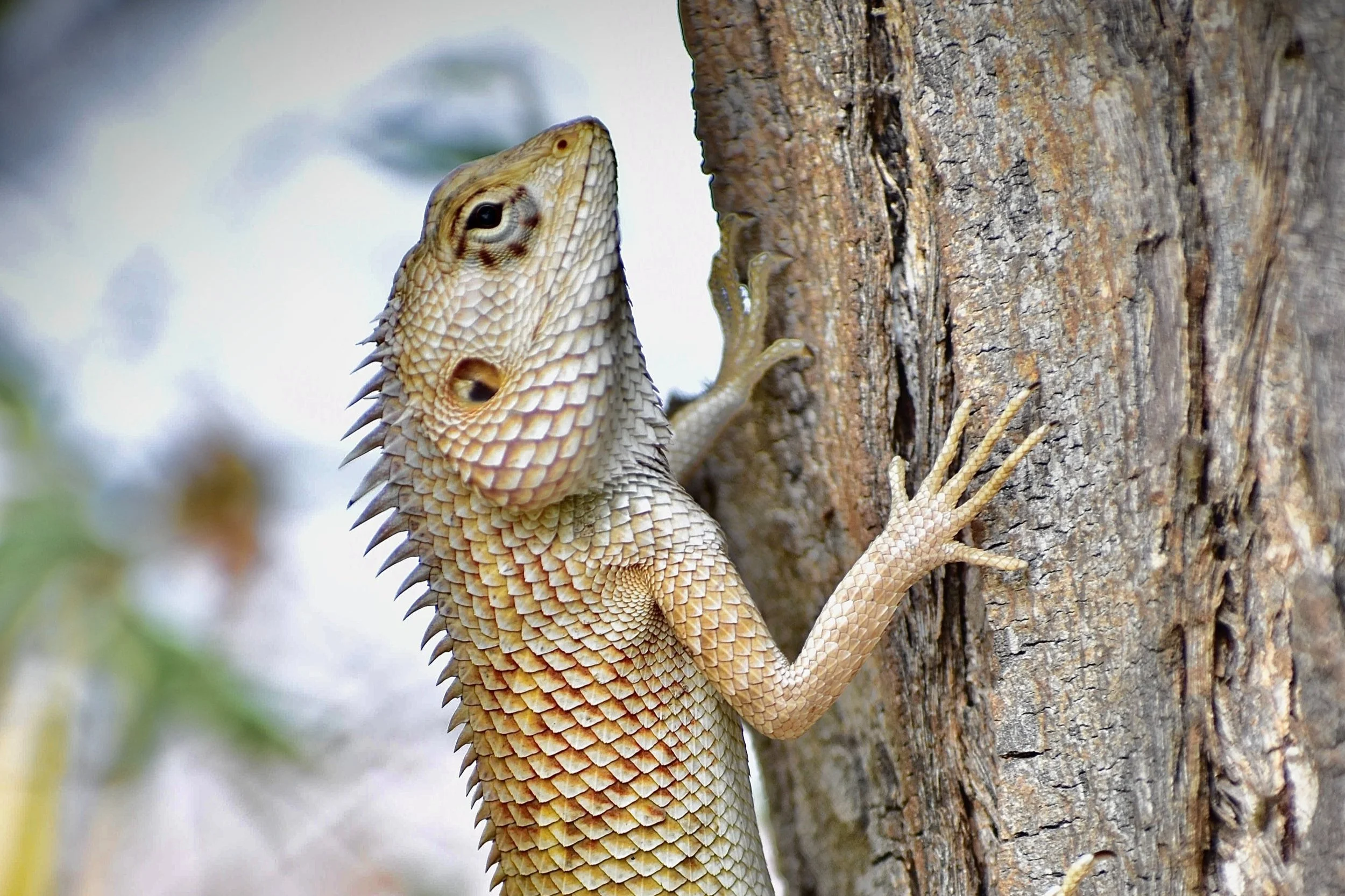New study from Rob Pringle on how invasive species disrupt habitats
Invasive species can dramatically reshape environments and cause extinction, even when they don't prey on their newfound neighbours, according to new research that highlights the dangers of altering habitats.
The six-year study of lizards on a string of remote islands found that the arrival of a predator can prompt species that previously co-existed peacefully to cluster in a shared refuge, creating competition that can be devastating.
“Our results suggest that we need to update conventional wisdom in a few ways," said lead author Robert Pringle, associate professor of ecology and evolutionary biology at Princeton University.
“We need to think about unexpected indirect impacts — the species at greatest risk of extinction might not necessarily be those with the greatest risk of being eaten”
Understanding how species co-exist is one of the biggest challenges in biology, not least because it is hard to find or create control environments for experimentation. But Pringle and his team found a solution in the form of a string of 16 islands in the Caribbean, home to an unassuming lizard known as the brown anole, which largely hunts on the ground and in low branches.
They examined four scenarios: a control group of islands where the native population was left alone, a group where the competitor tree-dwelling green anole was introduced, a group where a top predator called a curly-tailed lizard was introduced, and a group where both new species joined the native brown anoles.
But the most interesting results of the research, published Thursday in the journal Nature, came from the final scenario, where all three lizards were forced to share the same habitat.
"The 'landscape of fear' created by the predator forces prey species into intense competition," Pringle said.

